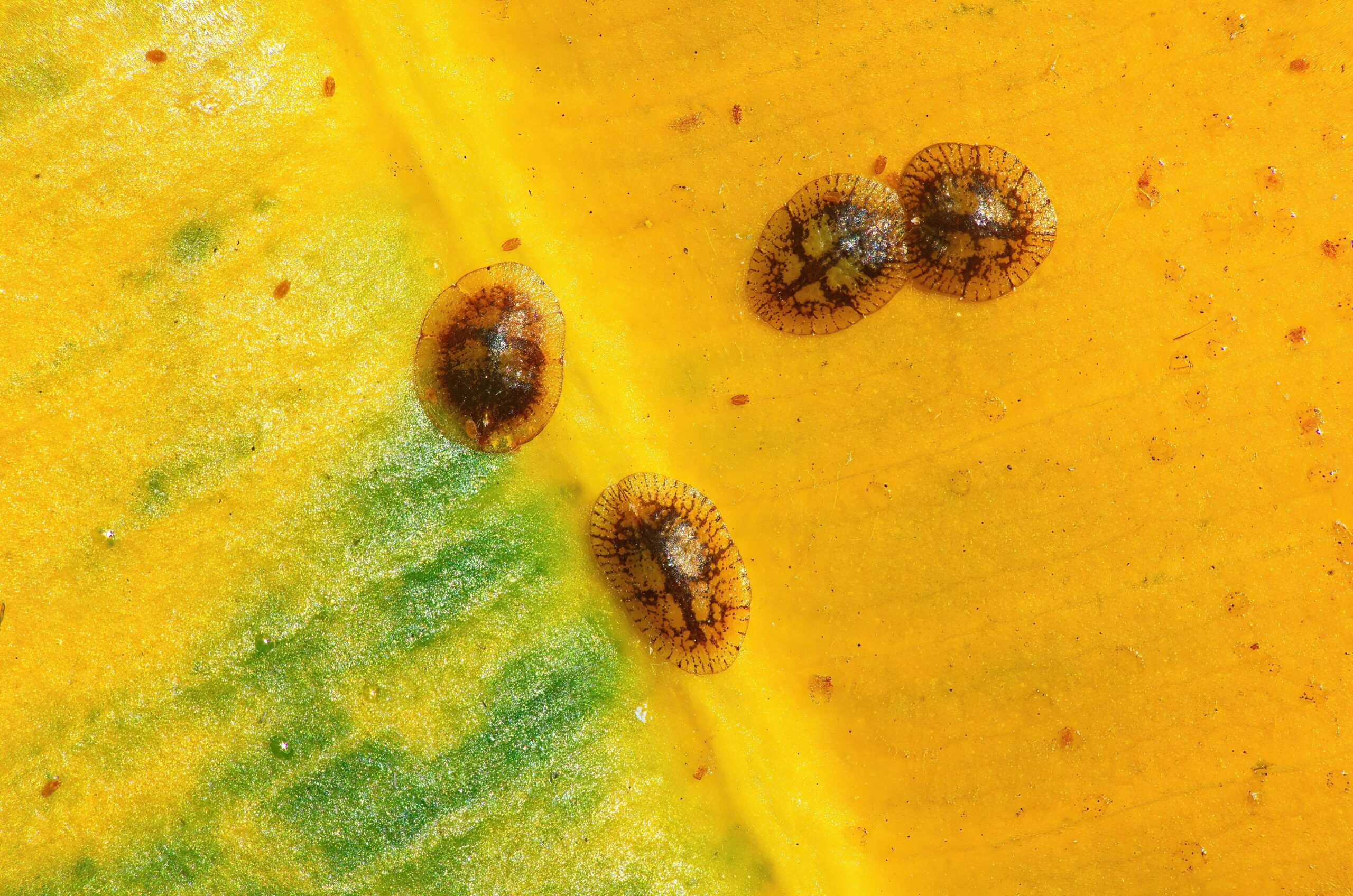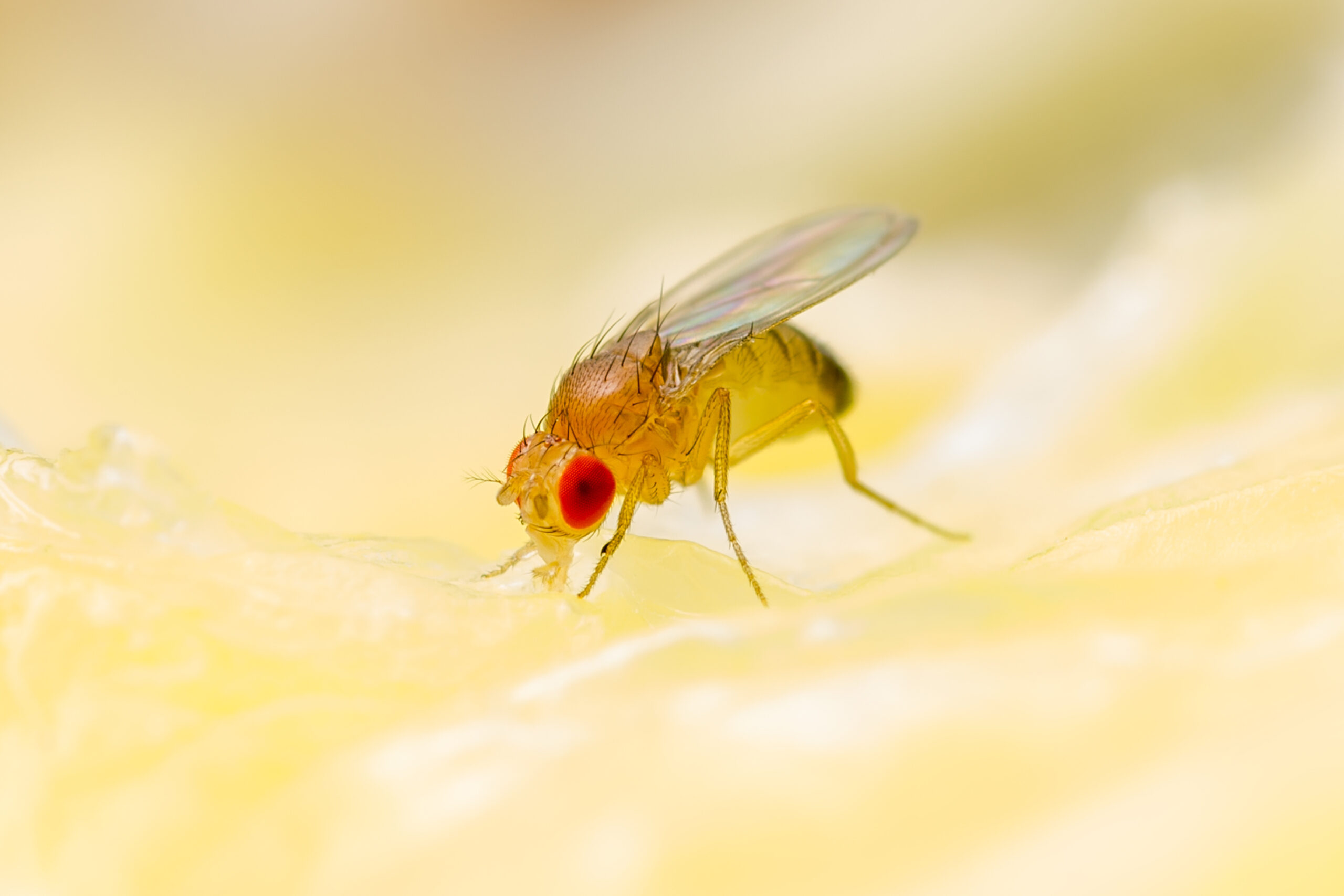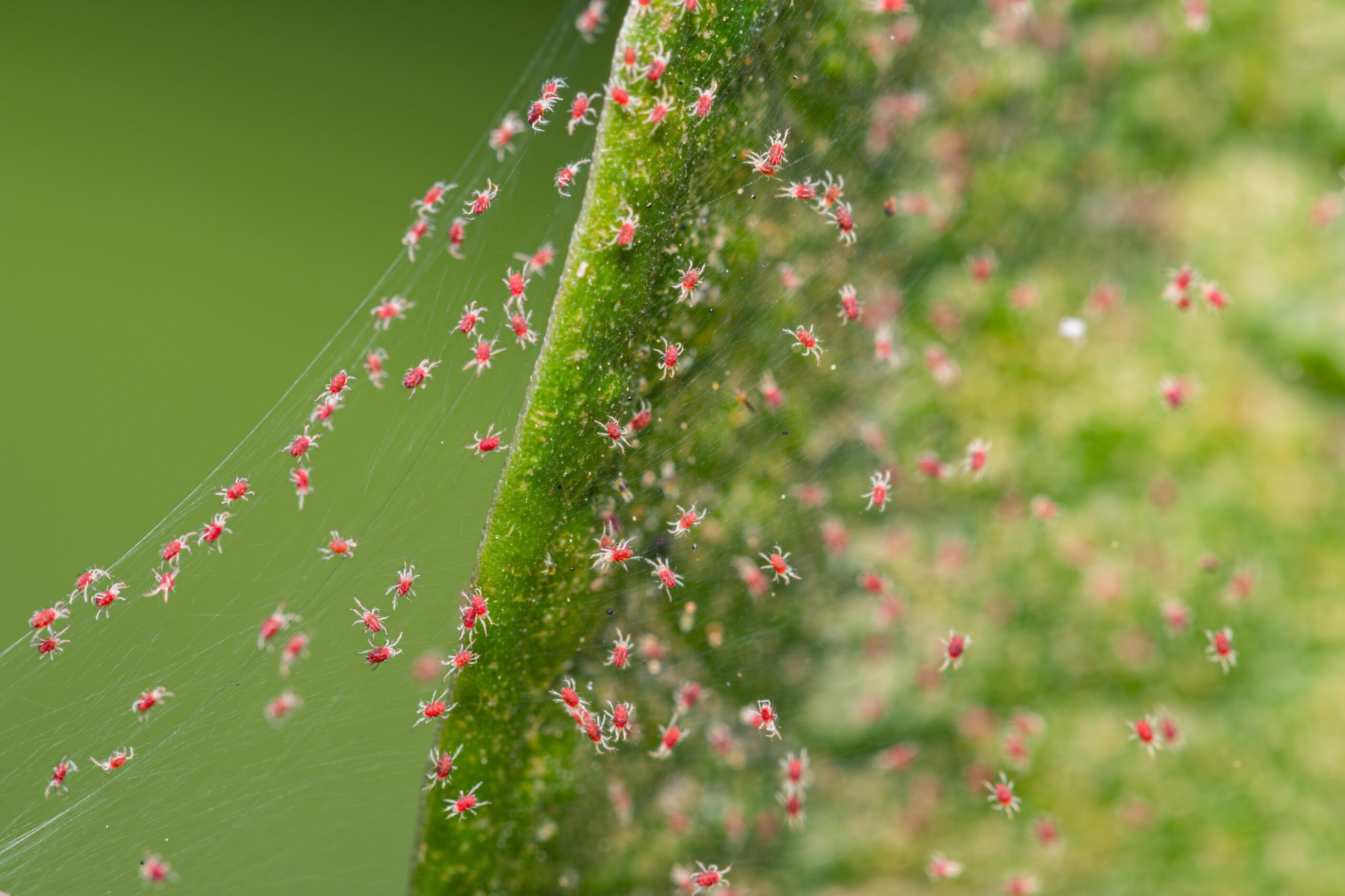The 5 Sour Pests Of Lemon Trees
The 5 Sour Pests Of Lemon Trees
Summary: Lemon trees in Virginia grow best in sunlight and fertile soil, so they are exposed to pests that also enjoy these conditions. This blog details the features and habits of the most common lemon tree pests here. It is advised that people who grow their own lemon trees watch out for these 5 pests: scale insects, citrus leafminers, aphids, fruit flies, and spider mites. Inspecting the lemon trees is the easiest way to stay ahead of lemon tree pests, and Green Pest Services is always available for your outdoor pest control needs.
As we transition from spring to summer, the plants continue to grow and the pests continue to annoy us. Citrus trees can survive most types of weather, but they’re the most fruitful (literally) in summer. Since they need full sunlight and fertile soil to grow, Virginia lemon trees are directly in the “hot zone” of garden pest activity. It’s a good idea to know the most common pests that will try to attack your lemon trees, so let’s explore the lives of 5 infamous lemon tree pests and why they plague our citrus trees every year.
Scale Insects

These insects look more like a strange fungus than like a bug, but that’s because they hide under their protective coverings. As adults, scale insects stay in one place while they feed and reproduce. They produce multiple generations a year, so a scale infestation is probable if they are not controlled. And since they hide on the underside of leaves, scale insects are tough to spot if you aren’t looking for them.
Scale insects drink sap from plants and trees by using their piercing mouthparts. They often feed from the leaves, twigs, and branches. These dark-colored insects cause quite a few problems for the lemon trees they infest. For one, they can cause leaf drop and premature fruit drop if they feed on the same tree for long enough. Another issue is if they introduce sooty mold to the tree, which will kill its leaves and affect its fruit. Scale insects can be easily scraped off with your finger, so try to remove scales as soon as you find them.
Citrus Leafminers

These pests have the most spot-on name on this list (besides fruit flies, but we’ll get to them). Citrus leafminers plague citrus trees from December through April, and can kill trees that are less than three years old. Technically, citrus leafminers are the larvae of a small moth species. The female moths lay eggs on the underside of new leaves in order to give their eventual larvae an immediate food source.
Once they hatch, citrus leafminers burrow into their host leaves and stay just under the skin as they tunnel through the leaves. They eat through the entire leaf, leaving it useless and weak. You can actually follow a citrus leafminer’s path by looking for the silvery line it leaves along the leaf. Leaves that hold citrus leafminers become distorted and curled, eventually dying if the leafminer is left alone. Although you can’t prevent citrus leafminers, you can — and should — prune the bad leaves to save the rest of the lemon tree.
Aphids

We always say that a list of garden pests wouldn’t be complete without aphids. These notorious insects ruin young plants and trees by drinking the vital juices straight from the source. Aphids hide under leaves and on stems while they feed and reproduce. They’re most active in hot weather, so the busy season for aphids is just around the corner. But they are still pretty common during the growing season, hence why you may have already seen aphids in your garden this spring.
Aphids can be either green or black, making it difficult to spot them on a lemon tree unless you get closer. They drink the plant’s sap from the leaves and stems, and lay eggs on the same plant to give their offspring a great food source. Although aphids are small and won’t kill a plant in one day, they can deal a hefty amount of damage if the infestation is left to grow. It doesn’t help that they leave honeydew spots that either grow sooty mold or attract ants. You can dislodge aphids by spraying the tree with a blast of cold water from the hose.
Fruit Flies

Like we said earlier, fruit flies are also a pretty straightforward insect. They are a problematic pest for all kinds of fruit, lemons being one of them. Fruit flies infest overripe fruit because it’s soft and fermented, making it easier for them to eat on their liquid-based diet. They lay eggs just under the skin of the same fruit they eat. Fruit flies can lay up to 500 eggs at a time, so a minor invasion quickly becomes a fruity disaster!
Most active in hot weather, fruit flies only require overripe fruit in order to grow and reproduce. The larvae start eating as soon as they hatch, and fruit flies can complete their whole life cycle in one week. Fruit flies need to be controlled as soon as possible because they contaminate every lemon they invade. It’s even possible to bring a fruit fly family indoors if you unknowingly bring in a basket of infested lemons! The easiest way to prevent fruit flies is to collect the ripe lemons and pick up the fallen fruit every day, especially in the warmer months.
Spider Mites

Although they’re arachnids and closely related to spiders, spider mites are infamous garden pests for how much trouble they cause us every year. Spider mites prefer dry air and heat, so they are a major pest during the summer months. They live on the underside of leaves and on stems, similar to aphids. Spider mites also have piercing mouthparts that allow them to drink the sap from the plant and dry out the leaves. They lay their eggs on the same lemon tree they invaded, so a spider mite invasion grows quickly in one area.
The longer they’re left to drink the tree’s sap, the more leaves will be damaged. Spider mites cause the infested leaves to become yellow, splotchy, and spotted before they eventually drop. They also create webbing as a protective layer while they slowly take over a plant. If you see a lot of wispy cobwebs in a section of your lemon tree, it’s probably the work of spider mites. Since they’re so small, the best way to remove spider mites is to hose down the plant until you’re left with a healthy and happy lemon tree.
Go Green & Protect Your Lemon Trees!
Lemon trees are more susceptible to pests when they’re over-fertilized, in drought, or overwatered. But hungry pests don’t discriminate against the trees and plants in our yards, which is why efficient services from Green Pest Services are essential for solving your pest problems. Our licensed and experienced technicians create a treatment plan customized to solve the specific pest issues at hand, based on our findings during the initial inspection. We leave no stone unturned in our quest to eliminate every pest in the area. Contact us today to learn more about our efficient pest control services!
Citations
7 most common citrus pests & diseases. (n.d.). Love The Garden. Retrieved May 23, 2024, from https://www.lovethegarden.com/au-en/article/7-most-common-citrus-pests-diseases
Gamble, L. (2023, December 12). 10 annoyingly common citrus diseases and pests. Better Homes & Gardens. Available at https://www.bhg.com.au/citrus-disease-and-pests (Accessed on May 23, 2024).
Lemon. (n.d.). Plant Village. Retrieved May 23, 2024, from https://plantvillage.psu.edu/topics/lemon/infos
Potter, M.F. (1994). Fruit flies. University of Kentucky: Department of Entomology. Available at https://entomology.ca.uky.edu/ef621 (Accessed on May 23, 2024).
Rankel, K. (2023, December 16). What are the bugs on my Meyer lemon tree?. Greg App. Available at https://greg.app/bugs-on-meyer-lemon-tree/ (Accessed on May 23, 2024).
Shetlar, D.J. (2011, September 20). Spider mites and their control. Ohio State University Extension. Available at https://ohioline.osu.edu/factsheet/HYG-2012-11 (Accessed on May 23, 2024).
Williamson, J. (2019, August 13). Citrus insects & related pests. Clemson Cooperative Extension: Home & Garden Information Center. Available at https://hgic.clemson.edu/factsheet/citrus-insects-related-pests/ (Accessed on May 23, 2024).
Why Do We See So Many Pests in the Fall?
Why Do We See So Many Pests in the Fall? Why Do We See So Many Pests in the Fall? Summary: Fall’s cooler [...]
Why German Cockroaches are Such Problem Pests (And How to Get Rid of Them)
Why German Cockroaches are Such Problem Pests (And How to Get Rid of Them) Why German Cockroaches are Such Problem Pests (And How to Get [...]
Summer is Ending, But Pests are Still Going Strong
Summer is Ending, But Pests are Still Going Strong Summer is Ending, But Pests are Still Going Strong Summary: Summer is coming to [...]
10 Tips for Going Back to School Pest-Free
10 Tips for Going Back to School Pest-Free 10 Tips for Going Back to School Pest-Free Summary: The school year is a busy [...]
What is Bug Spray, Really?
What is Bug Spray, Really? What is Bug Spray, Really? Summary: Bug spray is a great tool for preventing pests during outdoor activities, [...]
The Various Personalities of Stinging Pests
The Various Personalities of 5 Stinging Pests The Various Personalities of 5 Stinging Pests Summary: Stinging insects are among the most common summer [...]

